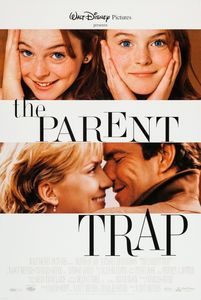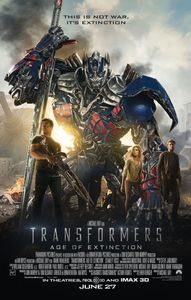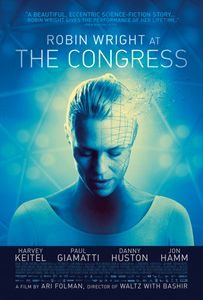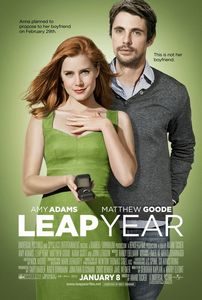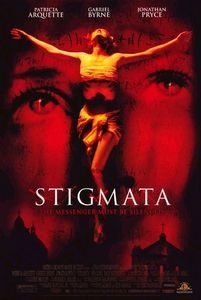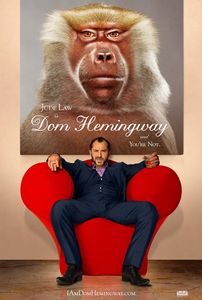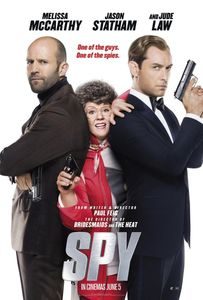What We Do in the Shadows (2014)
(On Cable TV, November 2015) Hype is a wonderful, dangerous, terrible thing. It gets people through the door, but it sets up expectations that may not be matched. I started hearing about What We Do in the Shadows when the film made its way through film festivals, picking up good word-of-mouth as a vampire comedy that played with the conventions of the genre. I was over-primed to see it, which may explain that my reaction at the end of the film was definitely more muted than I expected. While I liked the result, I found it far less compelling than I’d hoped for. It’s certainly interesting as a concept: Four vampires living together in Wellington, pooling resources to survive in a world that has changed considerably since they first turned. Add to that the complication of trying to find sustenance in an increasingly watchful society and there are a few good ideas here and there, especially when the characters are meant to reflect various sub-archetypes of the vampire myth. Coming from the New Zealand film industry, What We Do in the Shadows often feels fresh, making choices that an American film wouldn’t have attempted. Writers/directors Jemaine Clement and Taika Waititi certainly know what they’re doing: The film isn’t without its choice moments or quotes (“We’re werewolves, not swearwolves” is terrific) and the humor makes most of its mileage by confronting the sublime nature of vampirism with the ridiculousness of everyday existence. This being said, I’m not a big fan of the found-footage aesthetics (or credibility) of the mockumentary style adopted by the film, and the type of humor favoured by the film often seemed to target a slightly different audience. Never a big fan of improvisation-driven comedies, I found this one to be slacker than I’d liked, with long lulls between laughs that never went beyond chuckles. On the other hand, well, What We Do in the Shadows is something different, and it tackles a geek-favourite subject. That makes it worth a look… and long as your expectations are in check.

